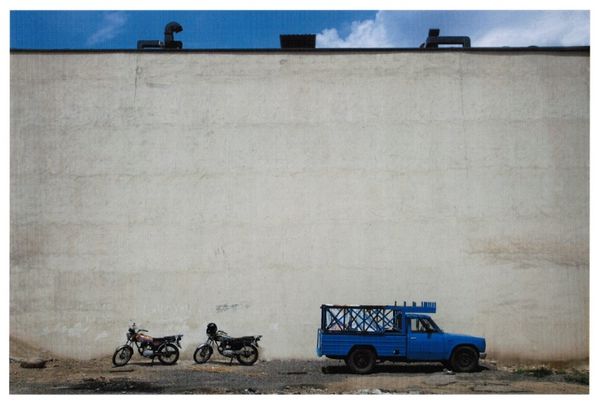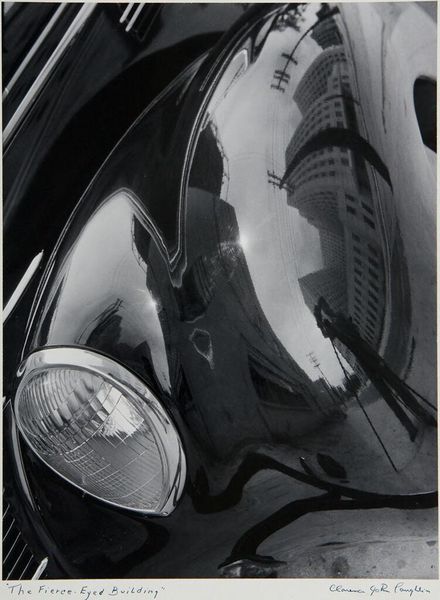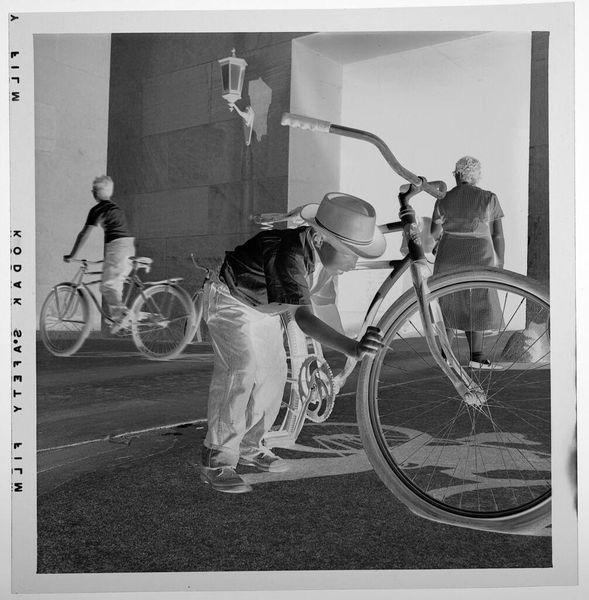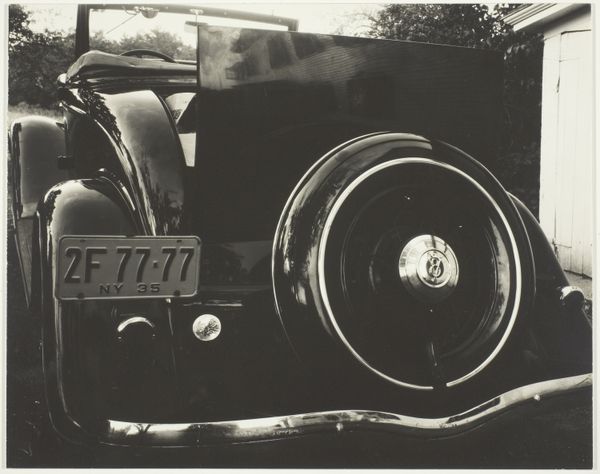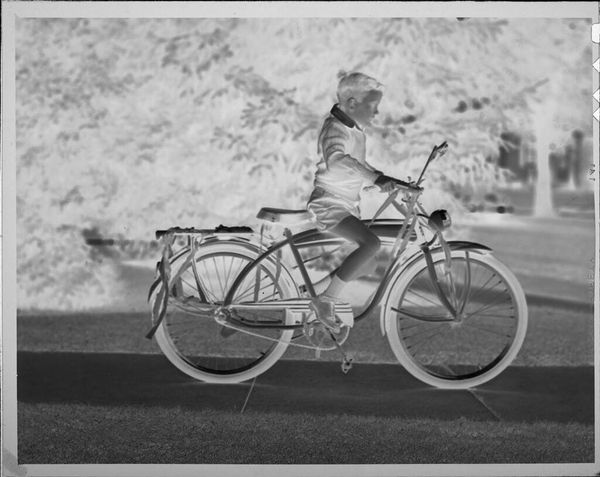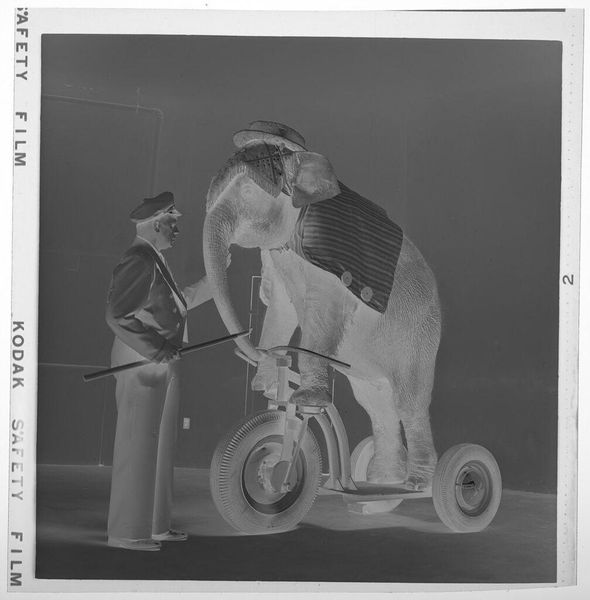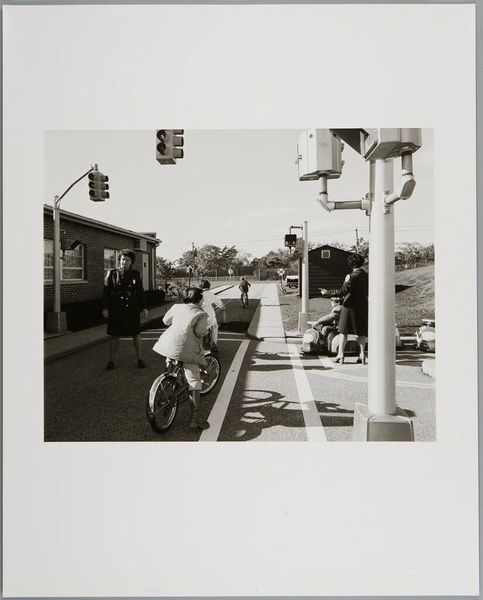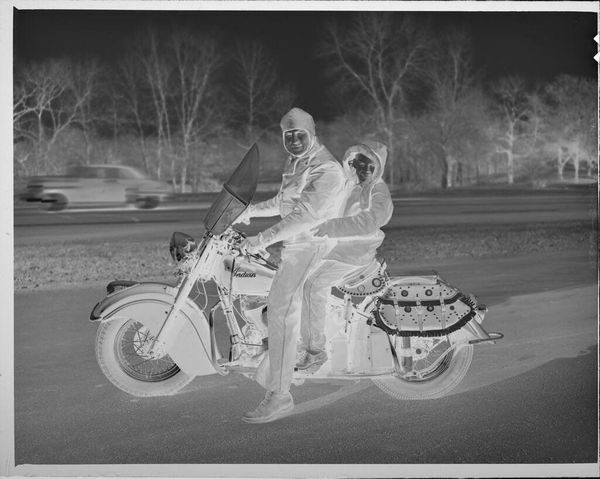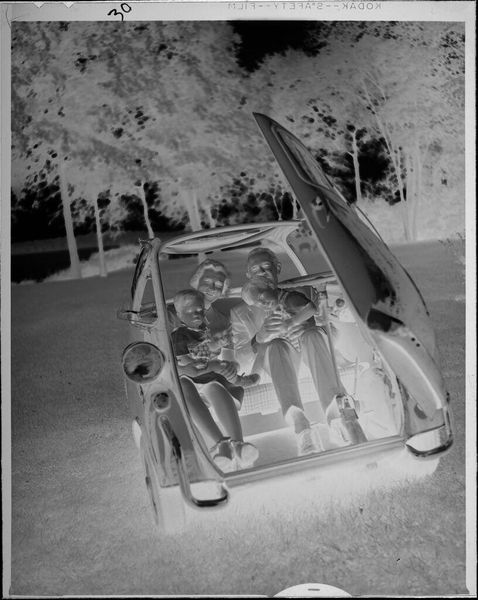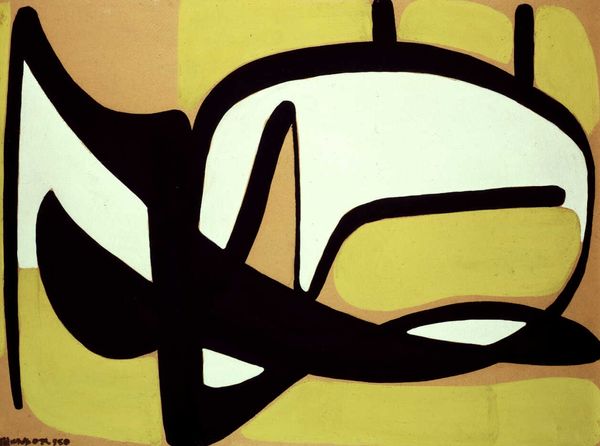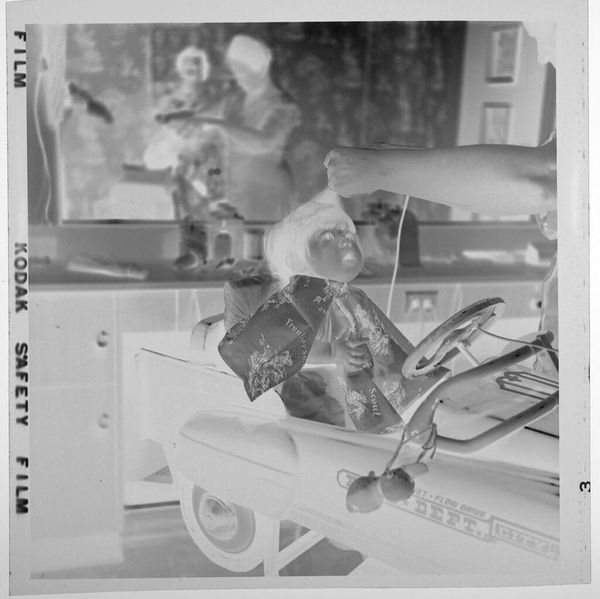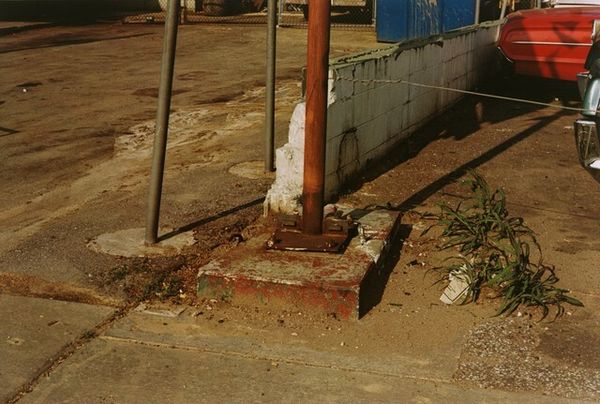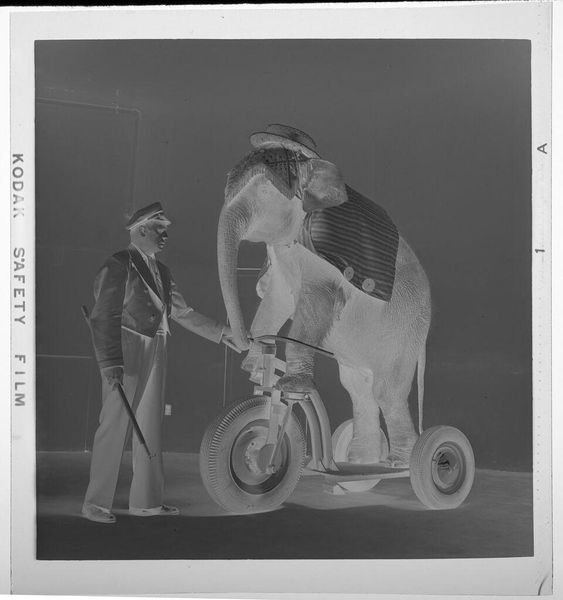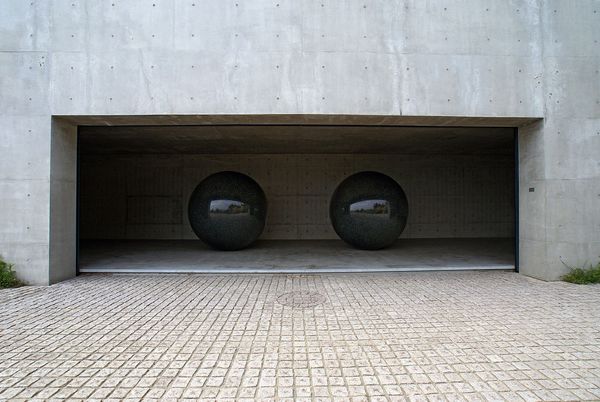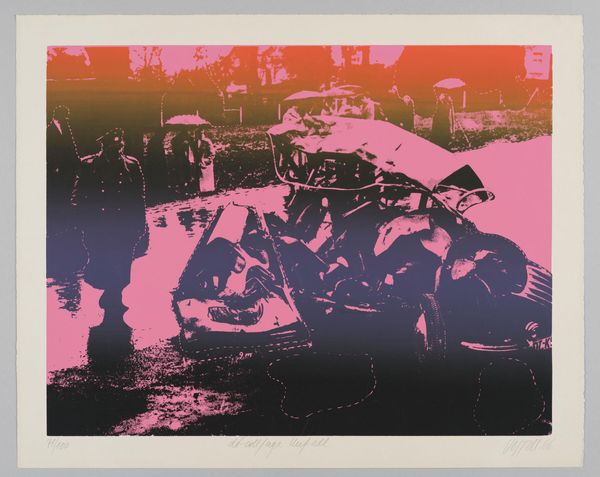
Dimensions: Support: ea.316 x 473 mm Frame: ea. 457 x 705 x 32 mm
Copyright: © Gabriel Orozco, courtesy Marian Goodman Gallery, NY | CC-BY-NC-ND 4.0 DEED, Photo: Tate
Editor: So, this photograph is by Gabriel Orozco, called "Until You Find Another Yellow Schwalbe." It shows multiple yellow scooters parked on a city street. There's something almost playful about it, but also a bit melancholic. What strikes you about this work? Curator: It's interesting you say that. I see this as a commentary on uniformity versus individuality in urban spaces. Notice how Orozco photographs these scooters, common in East Berlin, as if they're specimens. Does this serialization elevate or diminish their cultural significance, particularly after the fall of the Berlin Wall? Editor: That's a good point. I hadn’t thought about the post-wall context. So, the act of photographing something so ordinary almost makes it a symbol of that time? Curator: Precisely. And consider the title. What does the search for another identical object imply about value and identity? Is it about finding connection or highlighting the loss of uniqueness? Editor: Wow, I never would have considered it that way. Thanks, this makes me think about how everyday objects can hold so much meaning. Curator: Indeed, art often resides in the overlooked corners of our shared history.
Comments
tate 3 months ago
⋮
http://www.tate.org.uk/art/artworks/orozco-until-you-find-another-yellow-schwalbe-t07506
Join the conversation
Join millions of artists and users on Artera today and experience the ultimate creative platform.
tate 3 months ago
⋮
Until You Find Another Yellow Schwalbe is a set of forty colour photographs, thirty-nine of which show two bright yellow motorcycles of identical design standing adjacent to each other in various different street scenes, and one of which features three such motorcycles parked by a wall. The pictures have a fixed sequence and although they have been exhibited in various arrangements, they were originally designed for display in a single, horizontal row, with the photograph that features three motorcycles appearing at the end of the sequence. The scenes in the pictures are quite closely cropped, with the motorcycles always standing roughly in the centre with a limited amount of their urban environment visible around them. They are presented broadly in profile and facing to the right in all pictures except the first three, in which they are shown from the front. With the exception of one photograph in which the blurred form of a cyclist is seen riding past, none of the photographs feature people. Aside from the brightly coloured motorcycles, the pictures are dominated by greys, browns and other muted tones.
